Newton’s third law of motion says: “Every action has an equal and opposite reaction.”
During my early years of blogging, I followed this law. I thought:
But that thing #neverhappened. Most of the time, I could not even get a single share.
Why? Turns out, the internet doesn’t follow Newton’s law.
You need to spend much more time in promoting your work than on creating it.
In this post, I’m going to show you step-by-step how to execute six content promotion strategies that work in 2017 and beyond.
Why old strategies won’t work today
A few years of content promotion looked like this:
Getting traffic was easy and straightforward. Not anymore.
Let’s face it: Google doesn’t care about your content. It wants higher domain authority and more links.
Facebook cares how many followers you have. Your engagement rate depends on the type of content you post. If it’s a live video, you’re going to get engagement, otherwise not. And Twitter? Let’s not discuss it.
So who is going to send you traffic? Snapchat and Instagram? Maybe. They’re the future. But, they’re not suitable at this time to promote your content.
What’s the best way to get traffic to your blog posts in 2017? Let’s get started.
Content Distribution Strategies and Tools to Drive Traffic
Strategy 1: Leverage a proven blog post template
Some types of blog posts usually outperform others no matter how much time you spent creating them. If you manage to leverage those content types, you can easily get those crucial traffic numbers.
What are these content types?
Expert roundups don’t need much work and still give you terrific results. It’s because the experts share your content with their fans.
Infographics attract lots of shares because of their visually appealing design. With so much text and information available on the internet, infographics attract more attention and so they get more traffic.
Resource-focused posts are blog posts listing all the resources for a topic, such as 101 Free Tools for Entrepreneurs. Companies listed in your content are more likely to share your content.
Companies listed in your content are more likely to share your content, says @ImAmanThakur.
Click To Tweet
In-depth guides explain everything about a topic, which can be more attractive to readers. This type of content also attracts links in other content.
Long-list posts, not listicles, easily stand out because, like in-depth guides, these lists are comprehensive on a topic.
Original research helps you rank for a keyword like no other content. Data-driven content usually uncovers new takeaways, stats, and theories, which attract links.
The Ultimate Blog Marketing Checklist: 65 Tips, Tools, and Resources
Strategy 2: Build and ask a list of sharers before publication
If you want to make your content popular, build and ask a list of sharers before publication.
An unsolicited email that links to something is straightaway deleted. However, when you build a list before publication, you’re just asking the person whether he or she is interested in your content. Doing so will enable your email to stand out over 122 emails sent that day.
How do you it?
1. Set up a single spreadsheet with four columns.
Label the first column “name of person,” and the second, “website URL.” The third column should be labeled “shared or commented” on content, and the fourth should be “link to content shared or commented on.”
2. Use BuzzSumo to find people who have shared similar content in the past.
Search for two or three keywords related to your content. Find all relevant articles with more than 200 Twitter shares and filter the list by people. Export the file and upload to a sharer-contact spreadsheet.
3. Use Twitter advanced search to find people who are talking about that topic.
Search for “keyword” to see all the tweets containing that word or phrase. Manually record each Twitter account using that word on your spreadsheet.
4. List people who comment on related content.
Search two or three related keywords on Google to find the articles. Manually enter each person’s name with a link to his or her website (or Twitter handle) on your spreadsheet.
5. Upload the completed list to Voila Norbert.
Use the “bulk upload” function to find the contacts’ email addresses. Usually, it can find 33% of your contacts’ emails depending on the quality of the list.
6. Start prospecting.
Make sure to follow up two to three times over two to seven days. Finally, start sending emails with your content. You can use Voila Norbert for this. But, I’d recommend you to go with Mailshake. Ask these people if they’d be interested in similar but more in-depth content.
HANDPICKED RELATED CONTENT:
Strategy 3: Share with communities
When you focus your content promotion on smaller community sites, you get a competitive edge. Their audiences are narrower in interest but active and focused. These sites include:
Focus your content promotion on smaller community sites for a competitive edge, says @ImAmanThakur.
Click To Tweet
- Quora
- Inbound (marketers)
- Hacker News (programmers and entrepreneur)
- Industry forums
By building authority you can drive visitors to your content. Here’s how to do it:
1. Engage for a few days in community sites before posting any content.
You need to show your expertise and build your authority first. Answer some questions, help other people in promoting their work, or post questions. Basically, add value every time you visit the site. Members will start noticing you and following you.
2. Post your content and ask members for feedback.
Never ask for up-votes because most of the communities like Growth Hackers and Reddit have strict policies against voting rings. Create epic content like this:
- 27 Wildly Successful Blog Post Examples (And How to Write One)
- 50 Social Media Tools from 50 Most Influential Entrepreneurs Online
- 101 Email List Building Strategies
Then you don’t need to ask for up-votes, as most of the members will happily share your helpful content.
Your Guide to Creating and Sharing Content in 2016 [Infographic]
Strategy 4: Drive traffic using cheap ads
Pay for content promotion. That’s what big brands do. They pay Google and Facebook to drive traffic to their website.
Pay for #content promotion, says @ImAmanThakur.
Click To Tweet
Don’t have a big budget? No worries. You can use cheap ads and still get more traffic. Let’s explore a few.
Reddit is a cheap way to promote your content. Spend 75 cents for 1,000 visitors. That’s a really good ROI.
To get started, search five to 10 related keywords on the site. Identify the subreddits talking about those keywords. These pages host your ideal audience.
Now, go to Reddit’s advertising page and create an enticing ad for each subreddit. Test with $5 to $10 on each. Measure your ROI and kill ads that aren’t profitable.
Quuu Promote can help you generate 200 to 300 shares for just $10 to $30. However, Quuu is not a good channel to drive traffic. To get started, head over to Quuu Promote. Enter your content’s URL and create a snippet for a Twitter share and a long share. Select a category and click “submit for review.” That’s it!
Quuu pushes your content across its network of influencers and bloggers to promote your content.
Stumble Upon is considered a great channel for content marketers to promote their content at low cost. With its powerful targeting, you can bid as low as 10 cents per visit. That may sound expensive, but Stumble Upon does not count organic visits, which can be a lot higher if your content is high quality.
To get started, go to Stumble Upon’s ad dashboard. Click “Create New Campaign,” set up audience targeting, and set your price at $5 per day. Hit “submit” to start your ad.
HANDPICKED RELATED CONTENT:
Strategy 5: Retarget visitors to grow your email list
One of my favorite strategies to grow an email list is by using retargeting ads. It works like this:
Grow an #email list by using retargeting ads, says @ImAmanThakur.
Click To Tweet
With these strategies implemented, you may have generated at least a few thousand more visitors. And by using sign-up forms, some visitors may convert to email subscribers. But many visitors still don’t.
You have these prospective subscribers on your website, but wouldn’t it be better if they were at a targeted landing page? Here’s how to get them there.
1. Add a pixel to your website BEFORE publishing your content.
The pixel tracks every person visiting your site. You need to add the pixel code to your site before promoting your content or else you’re not tracking visitors.
Add a pixel to your website BEFORE publishing #content, says @ImAmanThakur.
Click To Tweet
Go to Facebook ads, click “pixels” under assets. Next, click “view pixel code” on the left side and paste that code in the header code on your website.
2. Create a new audience from that pixel.
Next, create a new audience of people who visited your post but did not subscribe. On Facebook, click “audiences,” which is listed under “assets.”
Click “Create Audience” and choose custom audience followed by website traffic. In the drop-down menu for website traffic, choose “Anyone who visits specific web pages but not others.”
Enter your URLs – the one they visited and the one they didn’t (your subscriber thank-you page). Give your audience a name, such as “all visitors to URL who didn’t subscribe,” and click “create new audience.”
3. Track your audience of email subscribers.
In this step, create another audience to track. Follow the same steps as above except select “anyone who visits specific web pages.”
Enter the URL of your subscription thank-you page and hit “create audience.” Now you can track your subscriber audience.
4. Create an ad using your custom audience.
Go ahead and create your ad. As for audience, you’re going to choose the custom audience you created in Step 2 – all visitors to URL who didn’t subscribe.
5. Set up your ad and click “place order.”
Next, set up the budget. Enter the link of your landing page, upload image, and enter the ad copy.
Finally, hit ‘Place Order’ to start your campaign.
6. Create three to four variations of the ad text and image for better results.
Divide your budget among three or four variations of your ads. For each ad, create a similar campaign and edit it in Facebook Ads Manager.
Strategy 6: Build links to the content
You and I both know how important links are for getting high rankings. Why not do some extra work to get more visitors?
Get links from link roundups. Roundup sites are always looking for awesome content. Getting links from link roundups is the easiest and fastest way to get an SEO boost. To find these sites in your niche, use these simple formulas in Google:
- “link roundup” + keyword
- inurl:roundup + keyword
- intitle:roundup + keyword
Once you’ve found these sites, tell them about your new content by sending a quick email or tweet.
Get links by pointing out broken links. Broken links are a big headache for editors, especially considering broken links can hurt SEO efforts. If you can help the site editors by pointing out broken links, then they’re more likely to be responsive to link to your content. Here’s how to find broken links:
- Search for resource posts.
- Run Google Chrome extension, Broken Link Finder for each one.
- Email the site editors about the broken link.
Get links by finding outdated articles
Similar to broken links, dealing with outdated articles is also a big problem for many site owners. If you can help them update those outdated sections, you also can ask them later to link to your content. Here are elements that often are outdated:
- Images and screenshots, such as websites using old icons of Google, Twitter, or Facebook
- Rules/strategies that don’t work anymore
- Data or studies
- Tutorials or how-to information
- References to extinct sites
When you find these outdated sections in articles, let the editors know about it. And if you’re able to, provide them updates from you or other resources.
Shares Are Not Enough: How to Amplify Your Content and Build Links
Wrap it up
Congrats! You just finished reading a 2,000+ word blog post. And I hope you now have learned a lot more about content promotion. After all, your content can’t rely on Newton’s third law of motion. It needs you to step up and promote it.
Please note: All tools included in our blog posts are suggested by authors, not the CMI editorial team. No one post can provide all relevant tools in the space. Feel free to include additional tools in the comments (from your company or ones that you have used).
Get the latest in-depth guides and brief helpful tips to improve your content marketing programs. Subscribe today to CMI’s free daily newsletter or weekly digest.
Cover image by Ryan McGuire-Bells Design via Gratisography
The post 6 How-To Strategies for Content Promotion appeared first on Content Marketing Institute.


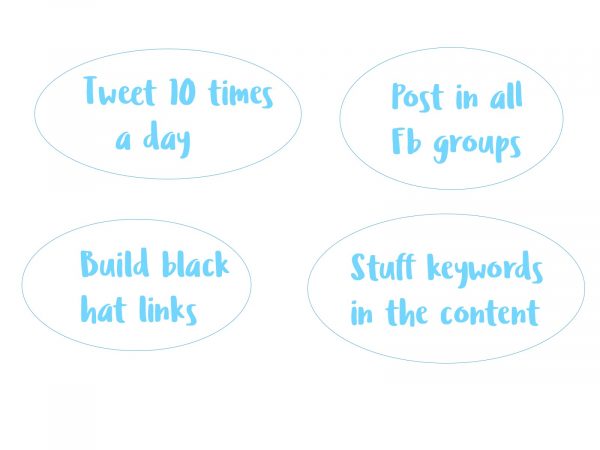
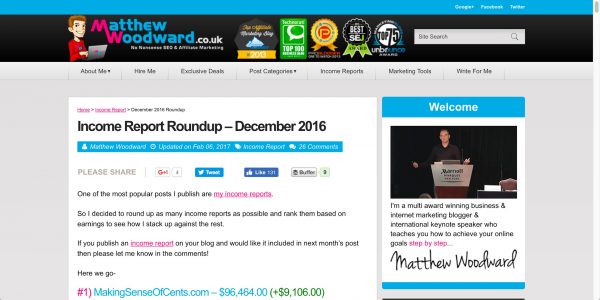

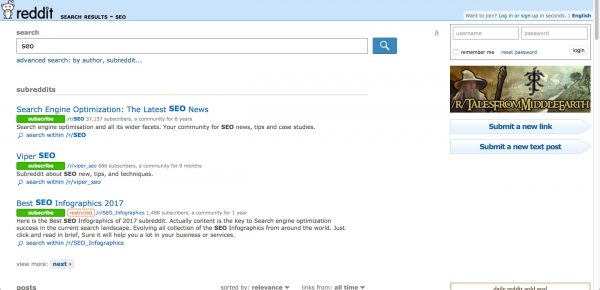
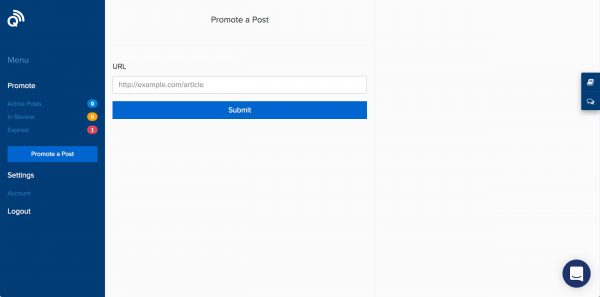
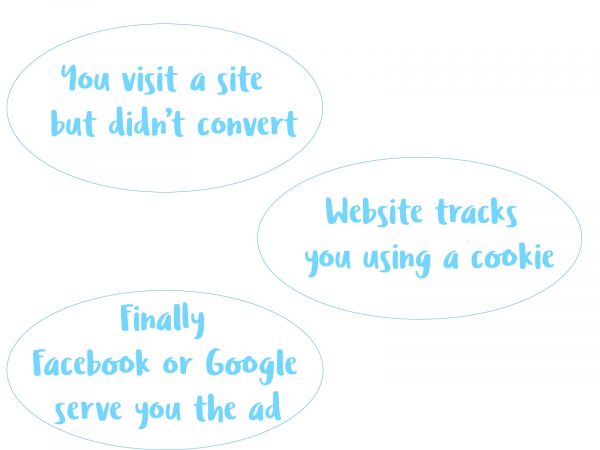
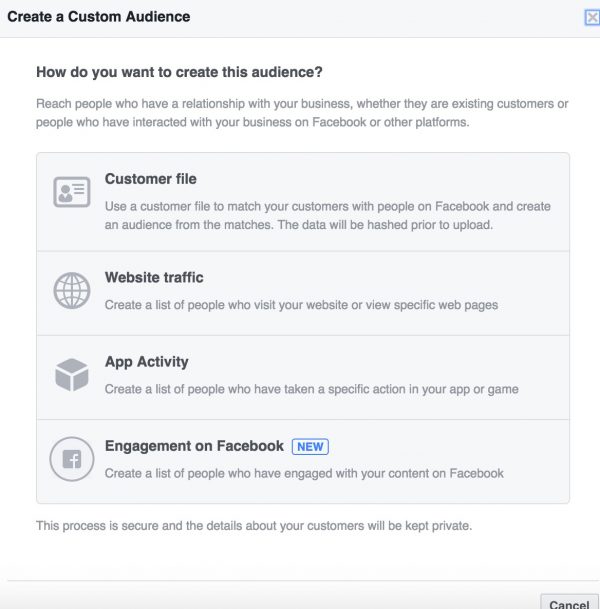
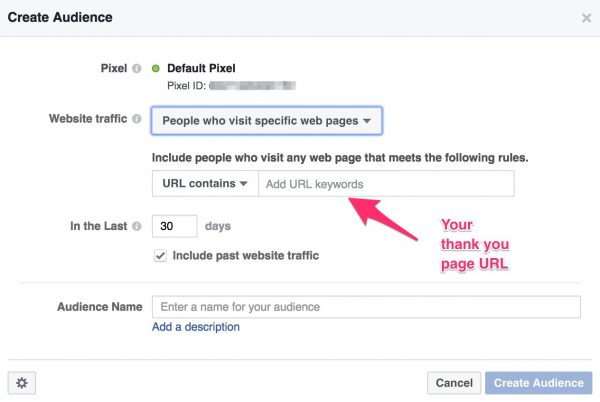
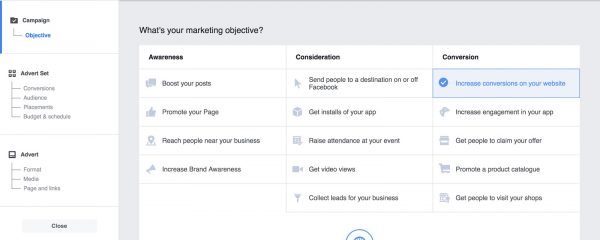
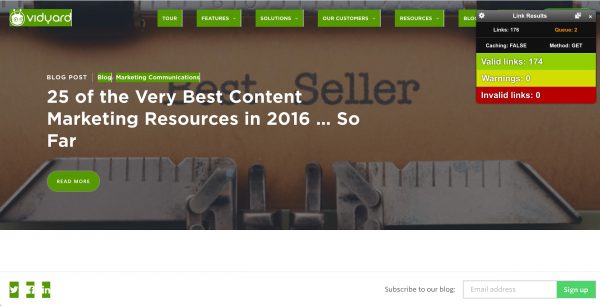
No comments:
Post a Comment